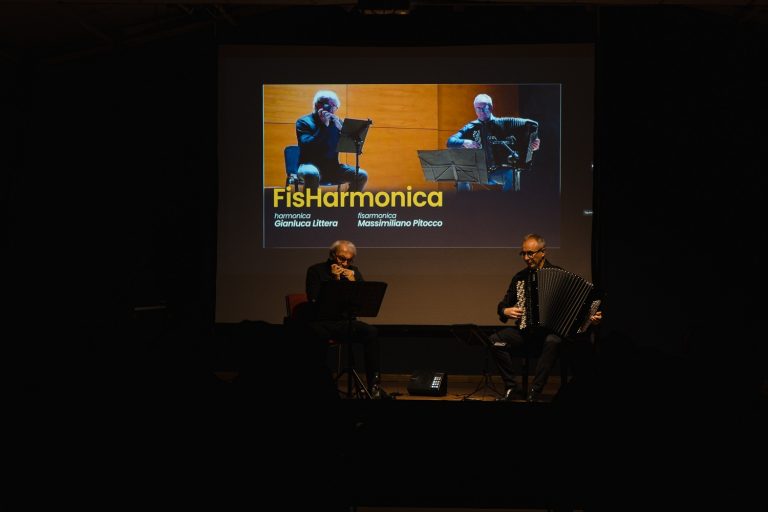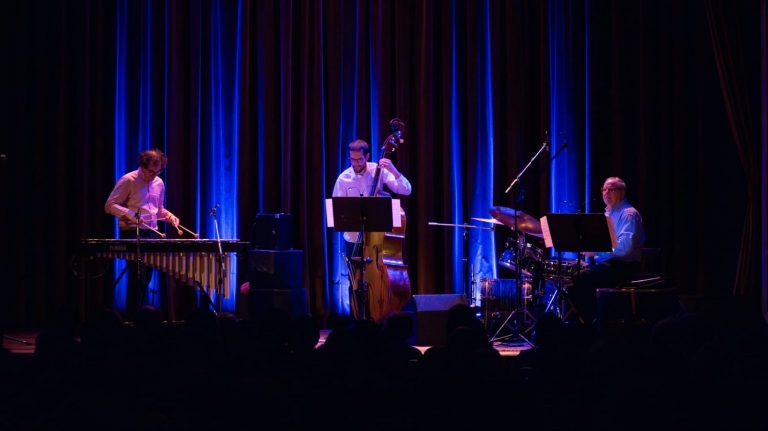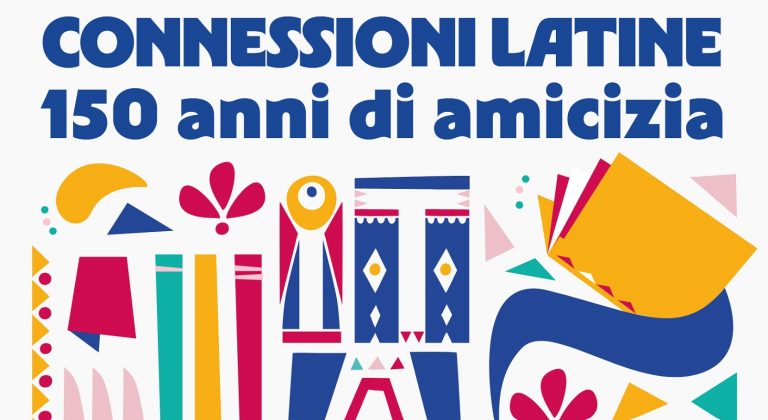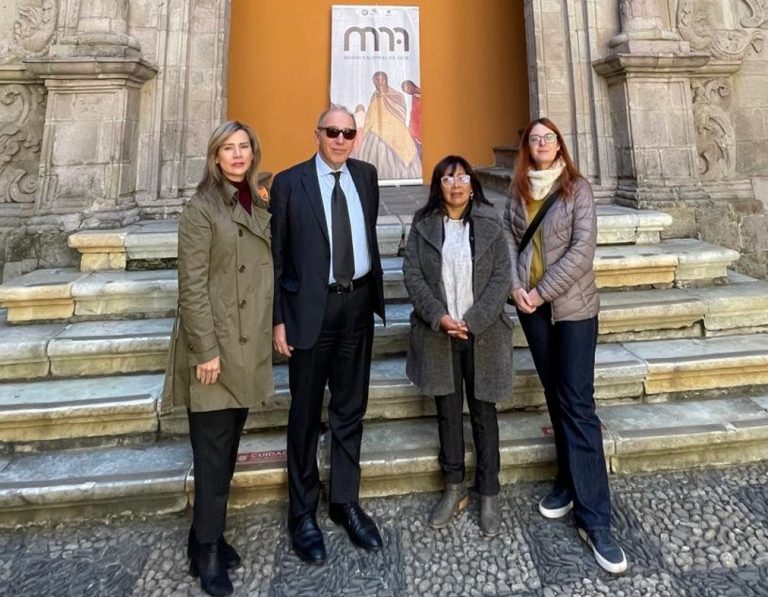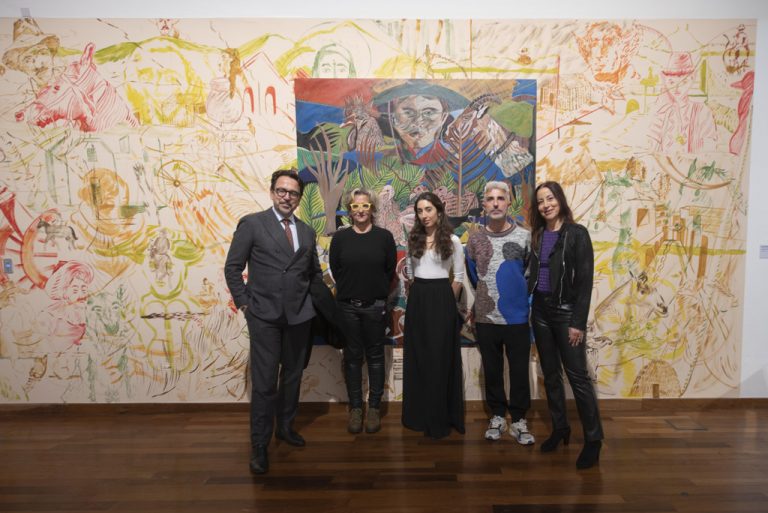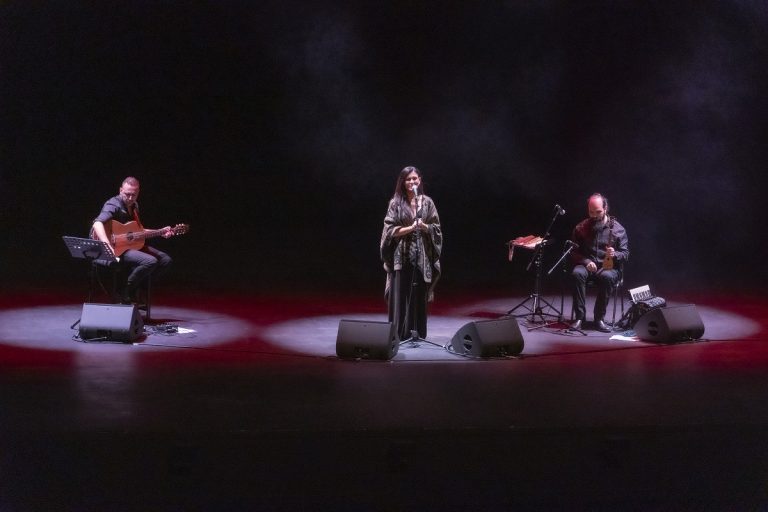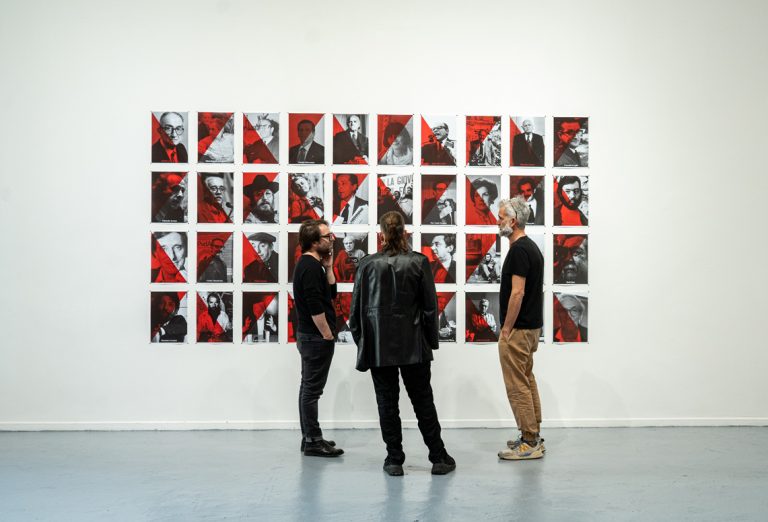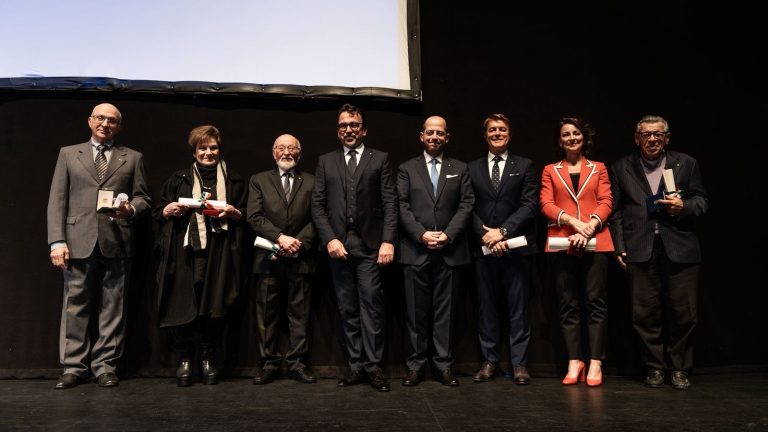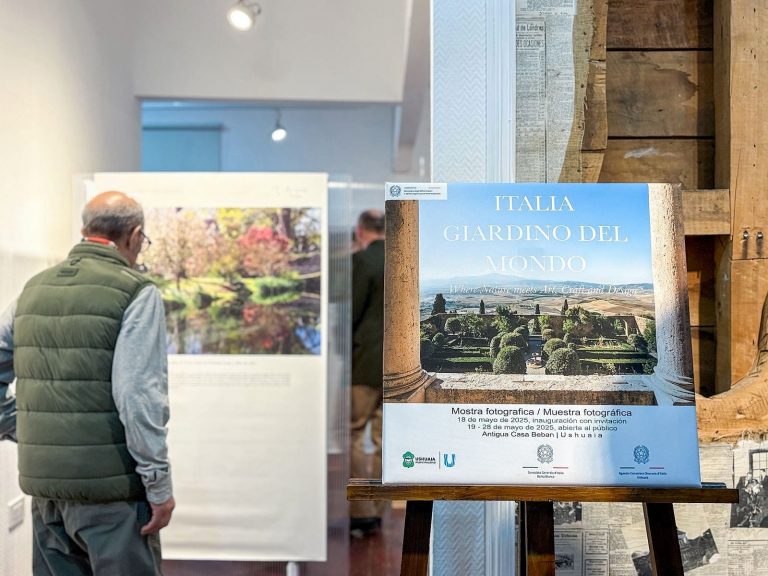Ermanno Stradelli (1852-1926) devoted his life to the study of the indigenous cultures of the Brazilian Amazon rainforest. An Italian traveller and researcher, he was one of the first to have contact with people from the most remote parts of the Brazilian Amazon rainforest through his photography. An exhibition entitled “Ermanno Stradelli – pioneering photographer in the Amazon rainforest” has been put on by the Italian Cultural Institute in Rio de Janeiro and the National History Museum where it was opened today.
Co-curated by Livia Raponi, director of the Cultural Institute and an expert on the work of Stradelli, and by Brazilian photographer and anthropologist Milton Guran, the exhibition will run until 28 February and is sponsored by the Italian Geographical Society and the Brazilian Historic and Geographic Institute.
Raponi said: “Ermanno Stradelli’s vision of the Amazon rainforest in the final decades of the 1800s is striking in terms of its topicality, anthropological accuracy and the humanitarian ethos underlying it. He was aware of the value and richness of indigenous cultures, and considered that the habits, knowledge or lifestyle of the Indios were alternative, and not inferior to those of the West. Due to the Eurocentric ideas in vogue at the time, this was definitely a novel minority position to hold”.
Despite the difficulties posed by the location, the heavy equipment and complicated photographic developing processes, Stradelli was the first to develop photographs in the field. Guran added “Stradelli would certainly have been aware of the inestimable value of the photographic record and took the first photographs of the Indios in their own habitat that we know of. He was also a pioneer in developing photographs in the field, which was necessary due to the negative development processes in use at the time”.
In addition to the photographs, there are also original documents from the Brazilian Historic and Geographic Institute on display, including an original map of the Amazon rainforest (1901) and other important publications from the time.

